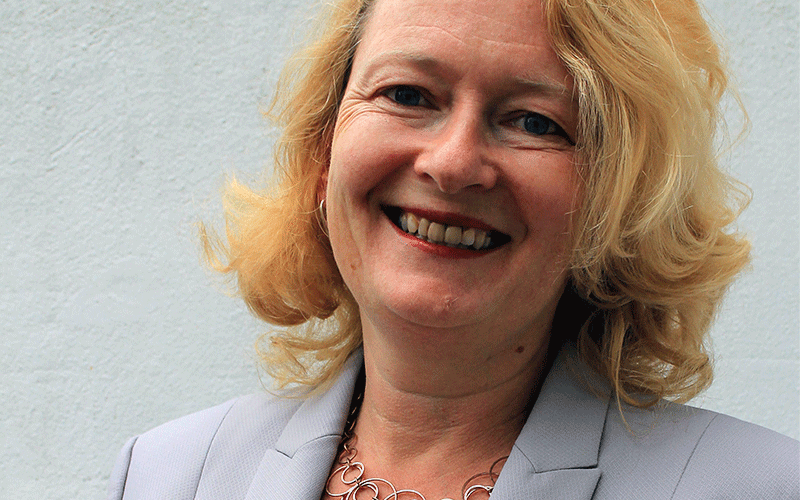Communicating Covid-19 plans to staff and clients

Marta Kalas from Thomson Screening offers steps for creating a Covid-19 specific communications plan for your recruitment business.
Covid-19 seems here to stay for a while yet. This means it is vital for recruiters to have an effective and specific communication plan for their business to ensure compliance with ever changing regulations and guidelines.
The easiest way to deal with this is to create a package of tools to help stay on top of the changes and the ever-increasing regulation and actions you need to take. The good news is, none of these activities is new; businesses do them all the time. What’s different is that now businesses need a specific ‘Covid flavoured’ version.
A good communications plan will be the cornerstone of your successful management under Covid19. And this starts by making use of trusted sources of information such as this government website where you’ll find in addition to current regulations, how to find your local Health Protection Team and the Office of National Statistics, Coronavirus Roundup, and advice from the NHS.
Let’s look at the steps to creating your communication plan and how it needs to be adapted for Covid-19:
1. Understanding the audience
Under the current circumstances your audience will be much more sensitive to different types of communication, and this will not necessarily be along the lines you may expect.
We are talking about people’s ability to handle uncertainty and manage risk. Some recruitment staff will be very risk averse, some will rely on science or authority, and some will be just the opposite.
Your communications plan needs to be mindful of this and cater to the different needs of your audience. The key to getting this right is by listening actively.
2. Active listening
You need to listen and hear what your audience or different groups in the audience (whether internal/external to the business) are most concerned about. For example, is it rules around social distancing or mask wearing?
Show the audience that the measures you are putting in place are to protect them and meet their needs. The actions you take need to be about them – and they need to understand that in your communications. Just acting, but not communicating, can lead to misunderstandings and a breakdown in trust.
3. Clarify of messaging
You don’t want people with symptoms at work – so be clear about this and what they should do in this situation. For example, if in doubt, stay home and contact your manager. Ensure that everyone has the contact details they will need if they are at home and can’t come to the office.
If you need clients to wear a mask at all times, or if they only need to wear them in certain areas – be clear about this.
Your communications need to be clear, simple and, if necessary, repetitive. Avoid using abbreviations or acronyms.
Finally, it really helps to give specific examples and little personal touches: show that you have considered the needs of disabled staff and customers, or perhaps those who rely on lipreading.
4. Appropriate communication channels
Recruiters have many communications channels: your intranet, your website, Twitter, WhatsApp, newsletters etc. Choose the right platforms for the audience and for the message. Use as many channels – or resources – as possible and be totally consistent with your messages.
Also use templates as this will save time and keep the communications consistent.
5. Timeliness
Things change very fast (or they may stay the same), which makes planning your Covid-19 communications difficult. You want to make sure you have not left out-of-date information on any of your communications, and you want to be sure you are always in line with the most recent government or Public Health guidelines. Yet, with your recruitment business to run you cannot spend every hour checking and updating everything.
There are a couple of tricks and tips to use. These should be familiar, and in Covid-19 related messaging they are essential:
- In electronic communications (websites, newsletters, chats, etc) use links directly to the relevant government websites (see list above)
- Used shared file systems (eg. Google Drive, One Drive or Dropbox) for templates and drafts
- Have a log of where these templates are used, to make sure you don’t miss one of them
- It is an extra few minutes to get everything in one place when you start, but it will pay dividends when you suddenly need to change something.
We are doubtless going to have to deal with further announcements from the prime minister and requirement from local health officials, so having a specific Covid-19 communication plan in place will be invaluable for your recruitment firm.
Marta Kalas is co-founder of Thomson Screening, developers of the Thomson Covid-19 Test Manager software platform that enables testing providers to scale irrespective of where, how and what test is carried out.
• Comment below on this story. Or let us know what you think by emailing us at [email protected] or tweet us to tell us your thoughts or share this story with a friend.
